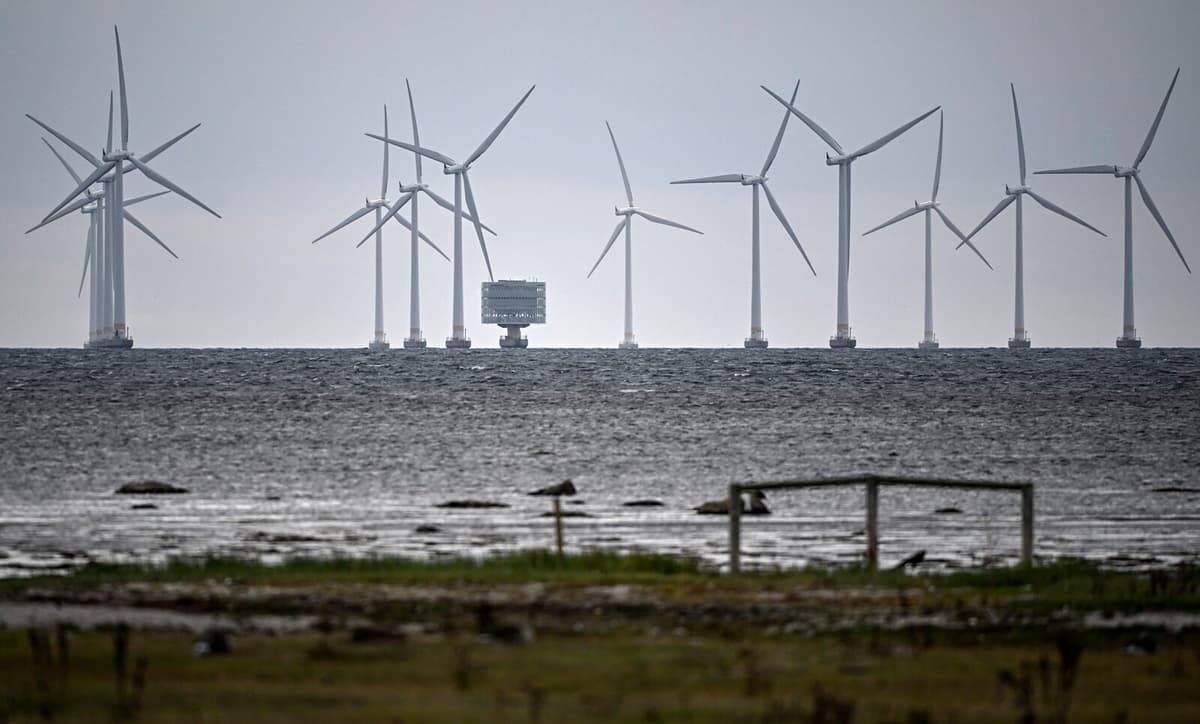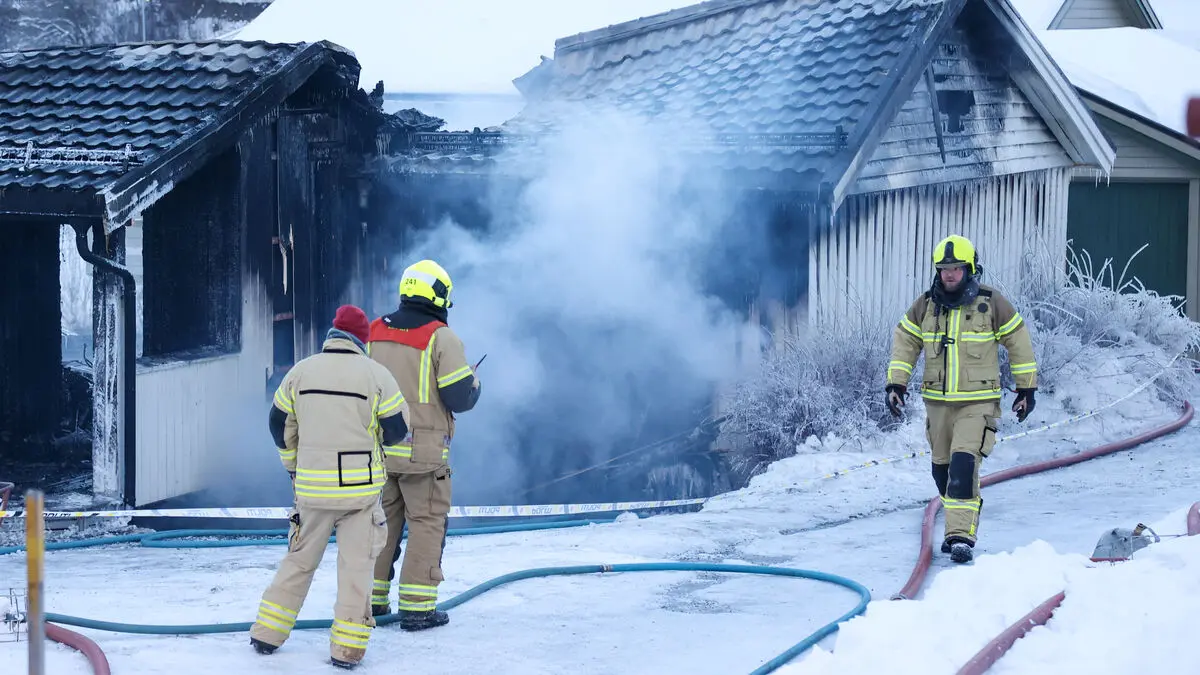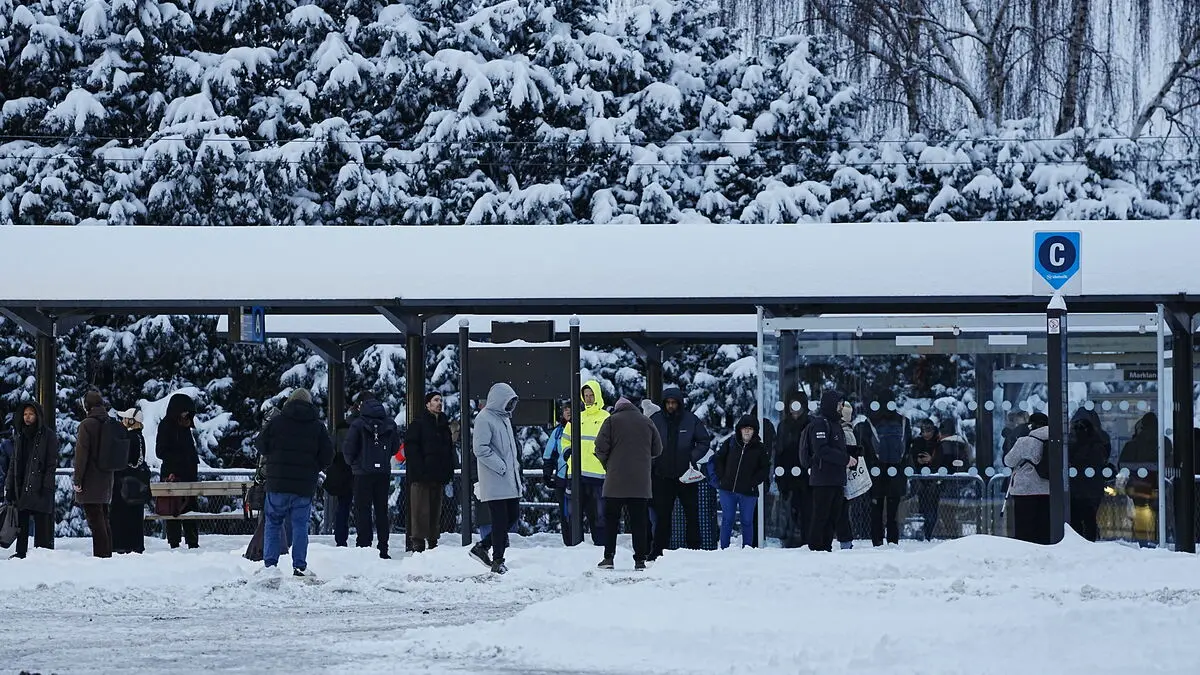Today, in theory, it is free for a builder of offshore wind power to apply for a permit anywhere, a system that sets Sweden apart from most other countries that build offshore wind power.
A commission was tasked with reviewing this system, and at the beginning of 2024, the commission received a stricter directive from the government, which in practice means that the state will take over control.
Clearer Rules
And according to what TT has learned, this will also be the model – the commission will propose a state-controlled allocation system. This will mean that the state will investigate where it is possible to build, and then companies will be able to bid on the designated areas through an auction process.
Good, if it becomes so. This system should have been in place long ago, thinks the electricity-intensive chemical industry's trade organization Ikem. Then the rules of the game will be clearer, and you'll know from the start where you can build without lengthy permit processes where the defense ultimately says no.
But for the wind industry, perhaps the most important question, the money, is not included. Therefore, this investigation will not provide an answer to the most important puzzle piece, according to representatives of the wind industry.
Expensive without Support
Many project developers have recently, especially Vattenfall, slammed on the brakes. It becomes too expensive to build without financial support from the state, has been the motive. In other countries' auction processes for offshore wind farms, state subsidies often apply. But such a thing will not be proposed by the commission, nor is it included in the directives. This requires a new investigation.
Malin Johansson, energy expert at Ikem, is afraid that the investigation will therefore become too toothless and the pace of expansion will slow down.
There is far too little focus on the user perspective, we're sitting on the bench and waiting, she says.
Transition Rules
Another problem that arises, which the commission has to handle, is transition rules. The old applications must be cleaned up and handled during a transition period. This means that there is a risk of a vacuum during the transition period where new projects are pushed forward.
Besides, interest in building new wind power, both on land and at sea, has generally cooled. With the low electricity prices, the calculations become harder to make.
Sweden has, compared to many other countries, relatively modest amounts of offshore wind power in operation, a total of 0.45 TWh (terawatt-hours).
Lillgrund Farm, Vattenfall: 0.3 TWh (in operation since 2007)
Bockstigen Farm, OX2: 0.02 TWh (in operation since 2007)
Kårehamn Farm, RWE renewables: 0.128 TWh (in operation since 2013).
The following wind farms have received permits:
Vattenfall, Kriegers flak, 2.6 TWh
OX2, Galene, 1.6 TWh
Vattenfall, Kattegatt Syd, 5 TWh
Skyborn, Storgrundet (appealed), 3-3.5 TWh
Vattenfall, Poseidon, 5.5 TWh
Above that, there is a larger portfolio of various projects in progress, of which many, 13 projects in the Baltic Sea, recently received a no from the government due to defense reasons.
Source: Svensk Vindenergi.






